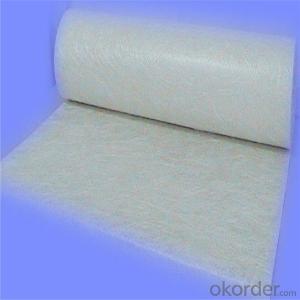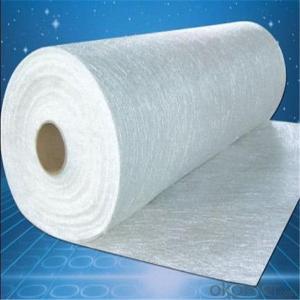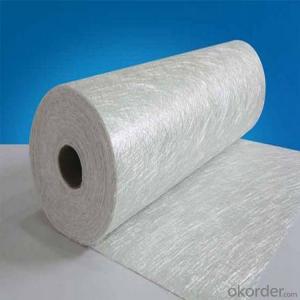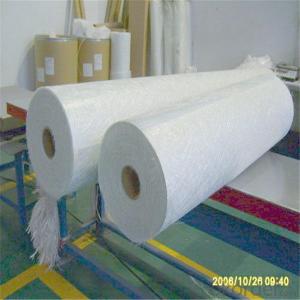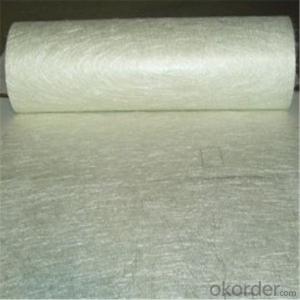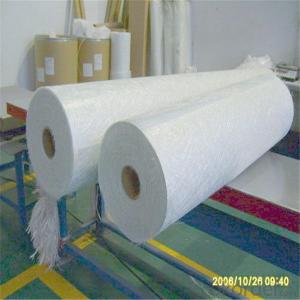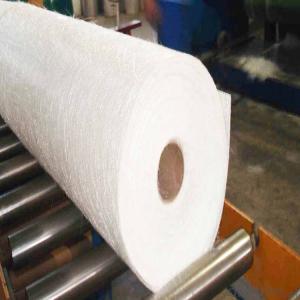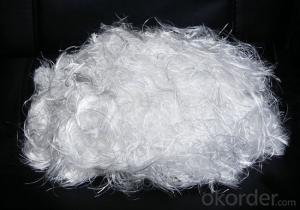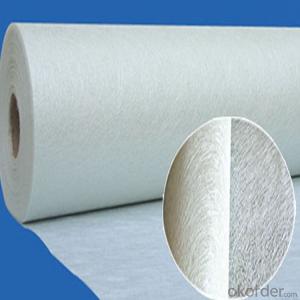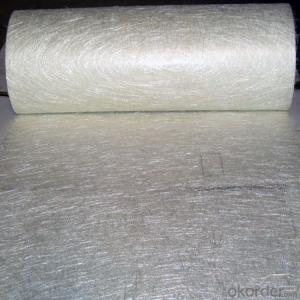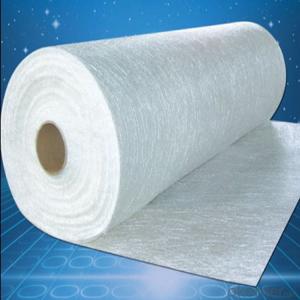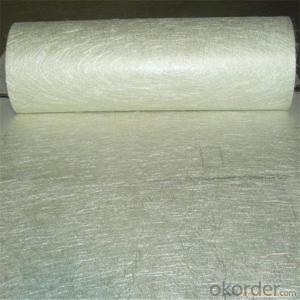All Categories
- - Steel Wire Rod
- - Steel Coils
- - Steel Profiles
- - Steel Pipes
- - Stainless Steel
- - Tinplate
- - Special Steel
- - Steel Sheets
- - Steel Rebars
- - Steel Strips
- - Hot Rolled Steel
- - Cold Rolled Steel
- - Pre-painted Steel
- - Seamless Steel Pipe
- - Welded Steel Pipe
- - Hollow Steel Tubes
- - Galvanized Pipe
- - Stainless Steel Coil
- - Stainless Steel Sheet
- - Stainless Steel Plate
- - Stainless Steel Strips
- - Electrolytic Tinplate Coil
- - Electrolytic Tinplate Sheet
- - Stainless Steel Rebars
- - Solar Panels
- - Solar Water Heater
- - Solar Related Products
- - Solar Inverter
- - Solar Cells
- - Solar Light
- - Solar Energy Systems
- - Solar Controllers
- - Solar Mounting System
- - Solar Pump
- - Solar Chargers
- - Fiberglass Chopped Strand
- - Fiberglass Mesh Cloth
- - Composite Pipes
- - FRP Pultrusion Profiles
- - Fiberglass Mat Tissue
- - Fiberglass Fabrics
- - Fiberglass Mesh
- - Composite Tank
- - Fiberglass Mesh tape
- - Polymer
- - FRP Roofing Panel
- - Fiberglass Roving
- - Monolithic Refractories
- - Ceramic Fiber Products
- - Refractory Bricks
- - Raw Materials For Refractory
- - Suspended Platform
- - Cranes
- - Concrete Machinery
- - Earthmoving Machinery
- - Building Hoist
- - Road Building Machinery
- - Plastic Pipe Fittings
- - Plastic Tubes
- - Plastic Sheets
- - Agricultural Plastic Products
- - Plastic Nets
 All Categories
All Categories
Q & A
How does fiberglass chopped strand improve the UV resistance of composites?
Fiberglass chopped strand improves the UV resistance of composites by acting as a reinforcement material that helps to block and scatter the harmful UV rays from reaching the underlying composite structure. The chopped strands, which are made of glass fibers, possess inherent UV-resistant properties and when added to composites, they create a protective barrier that shields the material from the damaging effects of UV radiation. This reinforcement helps to prevent degradation, fading, and discoloration of the composite, thereby enhancing its overall UV resistance and longevity.
What are the advantages of using fiberglass chopped strand over other reinforcement materials?
There are several advantages of using fiberglass chopped strand over other reinforcement materials. Firstly, fiberglass offers high strength-to-weight ratio, making it lightweight yet strong enough to provide structural support. Additionally, fiberglass is corrosion resistant, making it ideal for applications in harsh environments. Fiberglass is also non-conductive and non-magnetic, making it suitable for electrical and electronic applications. Moreover, fiberglass chopped strand is highly flexible and can be easily molded into complex shapes, allowing for versatile design possibilities. Lastly, fiberglass is cost-effective and readily available, making it a popular choice in various industries.
Can fiberglass chopped strand be used in ballistic protection applications?
Yes, fiberglass chopped strand can be used in ballistic protection applications. It is commonly used as a reinforcement material in composite armor systems due to its high strength, lightweight, and excellent energy absorption properties.
How does the fiber diameter affect the performance of fiberglass chopped strand composites?
The fiber diameter of fiberglass chopped strand composites directly affects their performance. Smaller diameter fibers generally result in improved mechanical properties, such as increased strength and stiffness, due to their higher surface area-to-volume ratio. They also enhance the overall interfacial bonding between the fibers and the resin matrix, leading to improved load transfer and resistance to delamination. Additionally, smaller diameter fibers can enhance the overall resin flow and wetting ability, resulting in better fiber dispersion and reduced porosity within the composite. Therefore, controlling and optimizing the fiber diameter is crucial in achieving desired performance characteristics in fiberglass chopped strand composites.
Wholesale Fiberglass Chopped Strand from supplier in Guinea
We are a Fiberglass Chopped Strand supplier serving the Guinea, mainly engaged in the sale, quotation, and technical support services of various Fiberglass Chopped Strand products in the Guinea region. We are a subsidiary platform of the Fortune Global 500 company CNBM, able to provide you with one-stop Fiberglass Chopped Strand procurement services in the Guinea. Not only do we have a wide range of Fiberglass Chopped Strand products, but after years of market development in the Guinea, we can also provide valuable experience for your projects.


